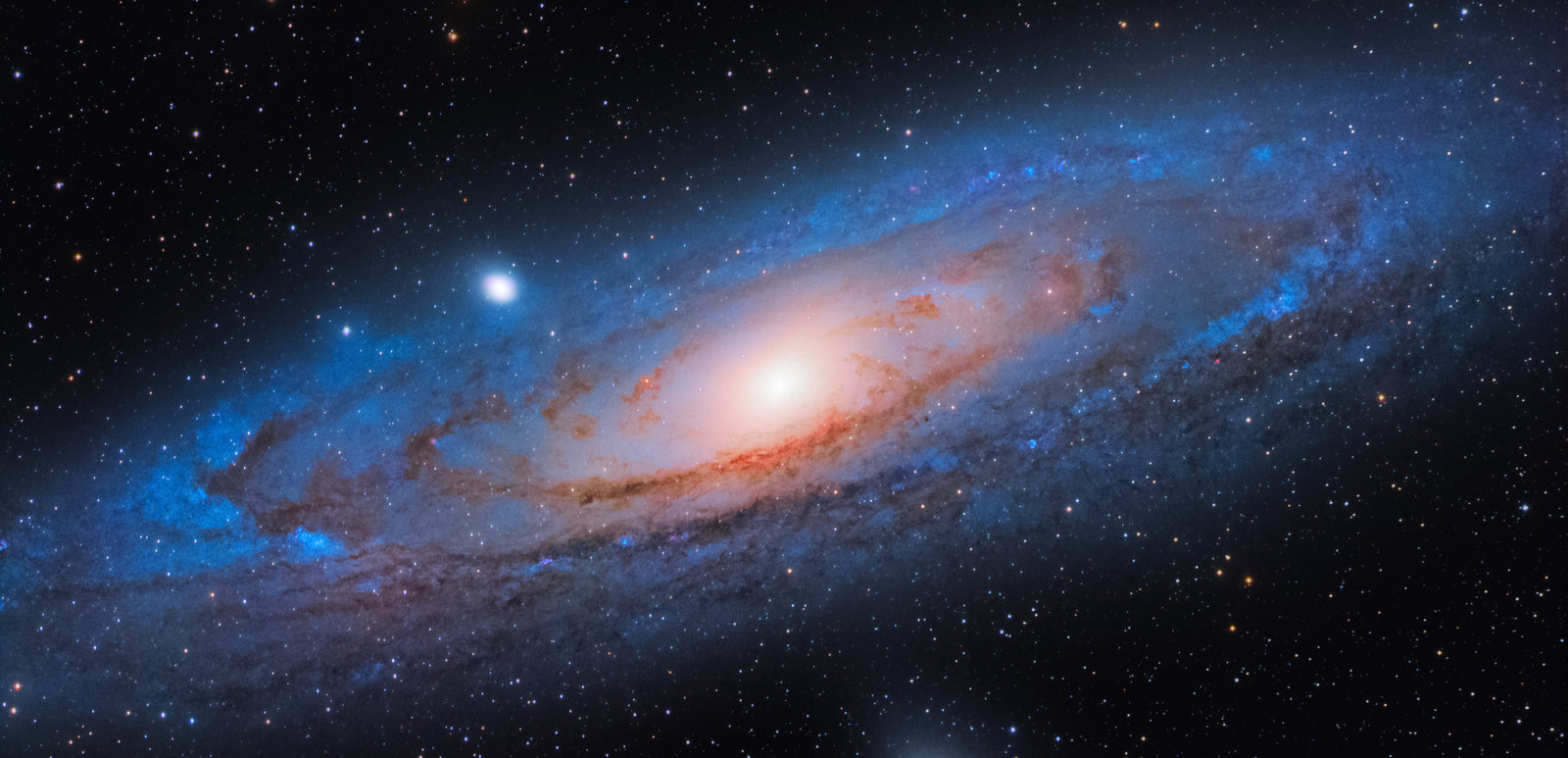Do I need a guide scope?
Whether or not you need a guide scope will depend on what type of astrophotography you are doing. For deep sky imaging, a guide scope (typically mounted alongside the main telescope) can be used to monitor and automatically correct for any tracking errors that may arise during long exposures. However, for most planetary photography and short exposure imaging, a guide scope is usually not necessary.
What is the difference between a guide scope and a finder scope?
A guide scope is typically used for deep sky imaging and involves mounting a telescope alongside the main telescope in order to monitor and automatically correct for any tracking errors that may arise during long exposures. A finder scope, on the other hand, is simply a low-powered telescope used to help locate objects in the night sky. Although it can be used to take wide field images, it is mainly intended as an aid when locating celestial objects or aiming at them with a larger telescope.
What focal length should my guide scope be?
The focal length of your guide scope should be chosen based on the size of the imaging sensor you will be using. Generally, a good rule of thumb is to choose a guide scope that has a focal length between one-third and one-half of the main telescope's focal length.









